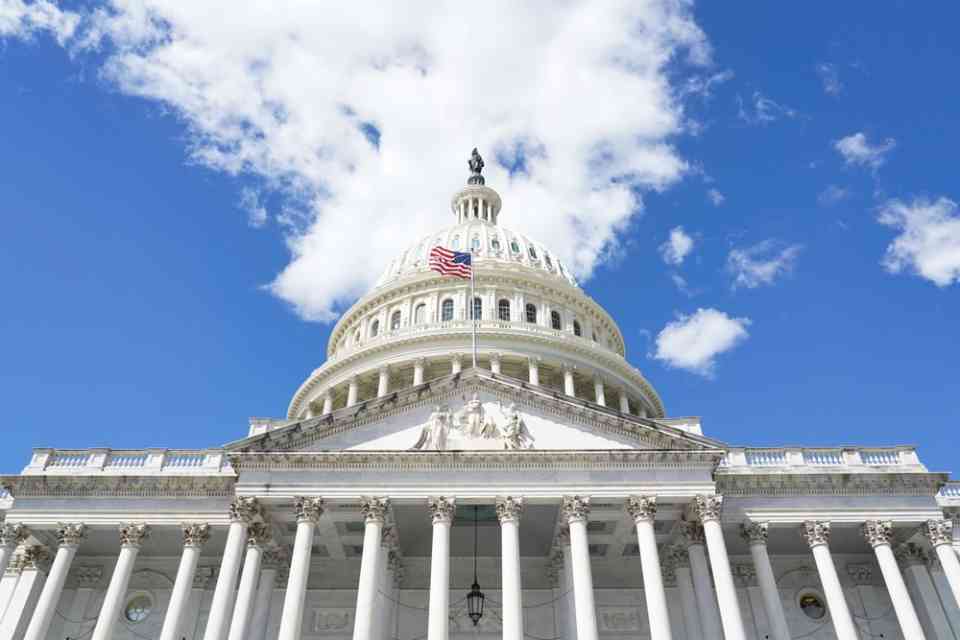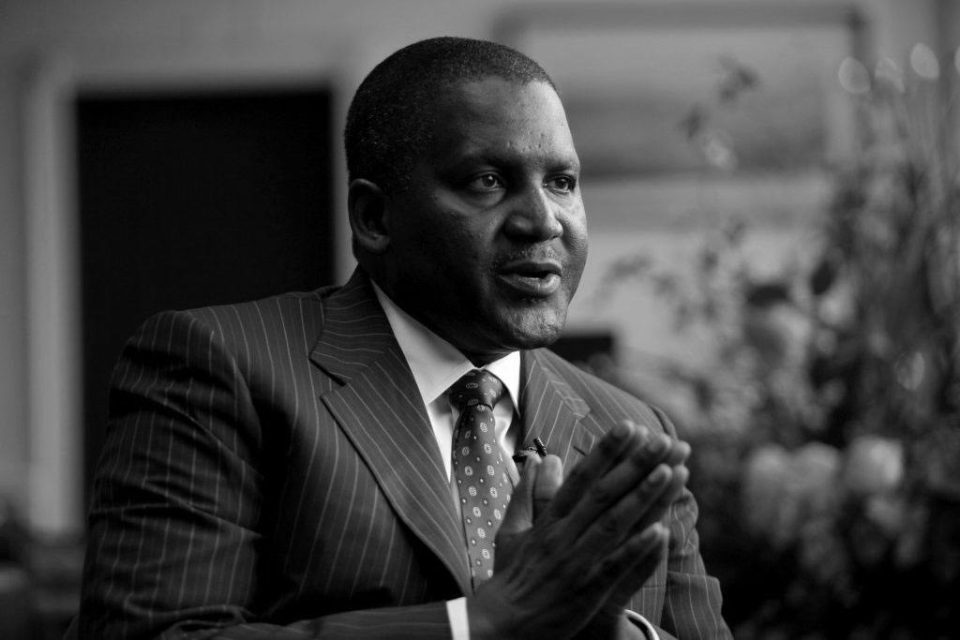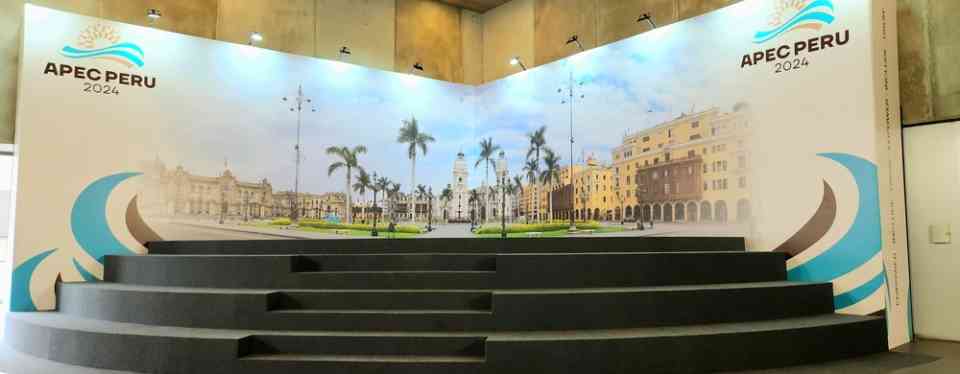Living paycheck to paycheck might typically bring to mind lower-income households, yet recent data shows that around 20% of US households earning over $150,000 a year are also in this position. This finding comes from a new Bank of America analysis, which examined anonymized banking accounts and spending habits of US customers.
In the analysis, paycheck-to-paycheck living is defined as households allocating more than 95% of their income to essential costs like gas, food, utilities, internet, public transportation, child care, and housing. While lower-income households saw the highest proportion—approximately 35% of those earning below $50,000 annually—experiencing this strain, even at income levels above $150,000, the share remains significant.
It’s typically assumed that higher-income households would have more disposable income, yet several factors counter this expectation. According to the analysis, many higher-income earners may have purchased larger homes with substantial mortgages, leading to higher insurance, property tax, and utility expenses. Bank of America Institute’s senior economist David Tinsley also noted that some may take on larger mortgages in anticipation of future raises or promotions, while others with young children may face temporary spikes in essential spending, such as child care, that may decrease as children age.
Tinsley’s team noted that all spending toward child care was classified as a necessity, regardless of whether the spending went to a standard or elite preschool. The analysis reflects the financial pressures inflation continues to place across income brackets, even as the pace of price increases has eased over the past two years. Still, Americans are now paying approximately 20% more than before the pandemic in early 2020.
Simultaneously, wage growth has decelerated. Data from the Labor Department show that while average hourly wages rose 4% year-over-year in September, this rate was lower than two years prior when wage increases exceeded 5%.
| GDP (nominal) | Capital | Head of State | Head of Government | GDP (nominal) per capita | GDP (PPP) | GDP (PPP) | GDP (PPP) per capita |
|---|---|---|---|---|---|---|---|
| United States | Washington D.C. | Joe Biden | Joe Biden | 26,949,643 | 80,412 | 27,970,000 | 80,412 |
Have you read?
Countries: Women in the workforce.
Countries: Personal space.
World’s Most (And Least) Religious Countries.
Best Countries to Invest In Travel, Tourism, and Hospitality.
Most Forested Countries In The World.
Add CEOWORLD magazine to your Google News feed.
Follow CEOWORLD magazine headlines on: Google News, LinkedIn, Twitter, and Facebook.
Copyright 2024 The CEOWORLD magazine. All rights reserved. This material (and any extract from it) must not be copied, redistributed or placed on any website, without CEOWORLD magazine’ prior written consent. For media queries, please contact: info@ceoworld.biz
CEOWORLD magazine – Latest – Special Reports –











